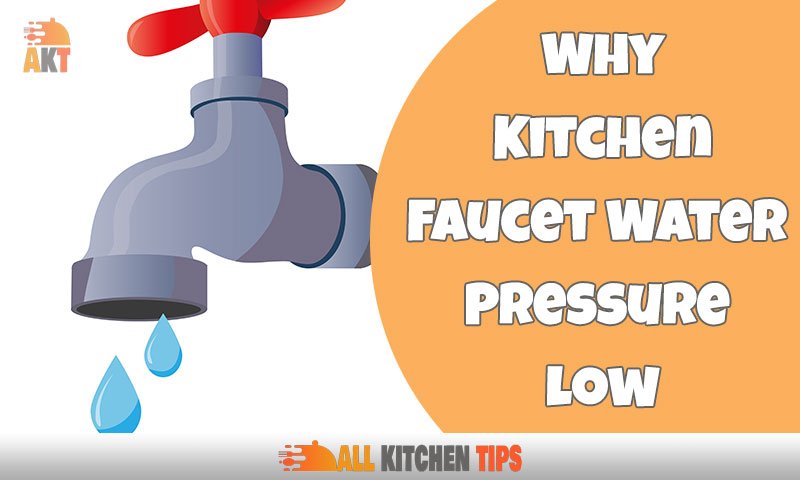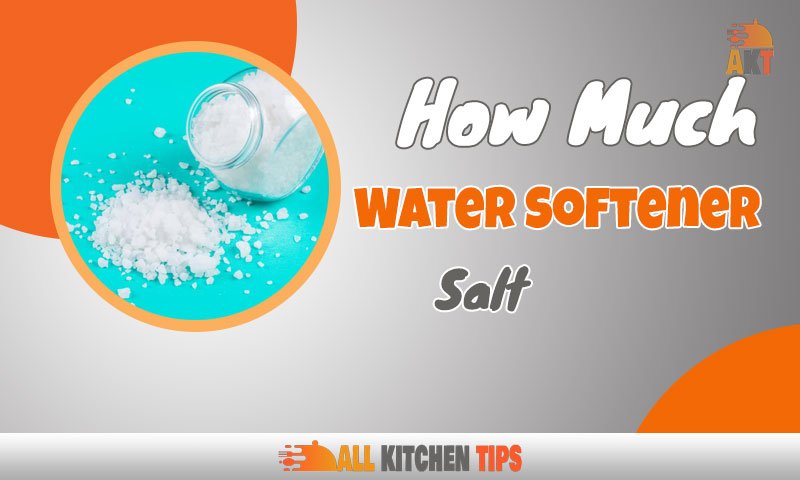If you’re thinking about upgrading your kitchen, you’re probably already considering a bunch of factors—style, finish, and features. But one important detail that many people overlook is the GPM (gallons per minute) flow rate of their faucet.
It’s so easy to get swept away by the aesthetics of it all that we forget the practical things. But trust me, if you don’t get your flow rate right, you might be in for some nasty surprises down the line. Low flow rates can really impact your daily tasks in the kitchen, and potentially even increase costs as well. So let’s take a look at what GPM flow rates mean and how to choose the right one for your needs.
What Is Flow Rate (GPM)?
When considering how to upgrade your kitchen, you may not immediately think of a faucet’s flow rate as an important factor. But GPM (gallons per minute) is actually a critical component. Knowing the flow rate of your kitchen faucet will help you save both time and water when it comes to cleaning up after cooking and doing dishes.
GPM is exactly what it sounds like—it’s a measure of how many gallons of water flow out of a shower head each minute. The EPA-mandated flow rate for new showerheads is a maximum of 2.5 GPM, though you can find fixtures with lower settings, too. That’s because the lower the setting, the less water that’s used for each use—for instance, for every minute that your kitchen faucet runs with a 2.5 GPM setting, nearly two and a half gallons are used, compared to one gallon per minute at a 1 GPM setting.
So if you want to upgrade your kitchen and help reduce your water consumption at the same time, start by considering the flow rate or GPM rating of potential new kitchen faucets.
Why Is the GPM Flow Rate So Important?
When upgrading your kitchen, you may be tempted to focus on aesthetics and design. But as with other areas of home improvement, you should consider practicality first. For example, water flow rate (measured in GPM, or gallons per minute) is an important factor for any kitchen upgrade.
The GPM flow rate determines how much water comes out of a faucet when you turn it on. This impacts the amount of water and time it takes to do tasks such as filling pots, washing dishes, and even doing laundry. As such, having an appropriate GPM flow rate can make a huge difference in terms of convenience and efficiency.
The maximum federally mandated flow rate for new shower heads is 2.5 GPM; however, the actual flow rate will depend on the water pressure at the source. It’s a good idea to check the water pressure before making any purchases to ensure that you get an appropriate level of water flow for your kitchen needs.
Understanding the Required GPM for Different Uses
If you’re considering an upgrade for your kitchen, you’ll want to make sure you know how many gallons per minute (GPM) are required for your faucets. The amount of GPM needed will depend on what type of fixture you’re using and where it’s going to be located in the home.
Shower heads
Shower heads typically require a GPM of 1.5 or less, so if you’re looking for a powerful shower experience, lightweight fixtures like handheld showerheads might work best.
Toilets
Toilets typically use 2-3 GPM, so if you’re looking for a powerful flush, look for toilets with higher GPM ratings. It’s important to choose the right plumbing fixtures when it comes to toilets because some fixtures are designed to save water while others are designed to provide more water flow.
Bathroom and kitchen faucets
Bathroom and kitchen faucets typically use 2-3 GPM, depending on the type of fixture you select. You’ll also want to consider other factors such as water pressure, type of handle, size of spout, and other special features such as built-in sprayers or motion sensors that can make your kitchen look modern and stylish.
Common GPM Flow Rates for Kitchen Faucets
upgrading your kitchen faucet? You may want to consider the GPM flow rate first. What is GPM, you ask? It stands for gallons per minute and is a measurement of how much water a faucet outputs in that given time span.
Most Kitchen Faucets Have a Maximum Flow Rate of 2.2 GPM
Most kitchen faucets on the market have maximum flow rates of 2.2 GPM, although that doesn’t mean they’re the best for you to use.
The Average Flow Rate of Kitchen Faucets Is Between 1.0 GPM and 2.2 GPM
On average, most kitchen faucets have flow rates between 1.0 GPM and 2.2 GPM—both higher and lower than that fall into the outlier category and aren’t as common.
A Good Faucet Flow Rate Is Around 1.5 GPM or Even 0.5 GPM
So what’s a good faucet flow rate? One that won’t waste water, but also won’t leave you standing over your sink with the handle cranked up to full blast while you wait forever for water to come out? A good range is around 1.5 GPM or even 0.5 GPM—it all depends on what works best for you.
Buying and Installing a Kitchen Faucet With the Right GPM Flow Rate
When shopping for a kitchen faucet, it’s important to select a model that has the correct GPM flow rate within the range that best suits your needs. It’s also important to measure the installation area so you know how much space you’re working with, as well as the type of material the sink is made of—this will help you determine which faucet will fit.
Before installing the faucet, it’s always a good idea to take a look at the instructions that come with it. Installing a kitchen faucet can be surprisingly simple if you follow the instructions closely, but if you don’t, it can become a frustrating endeavor.
Once it’s installed, it’s also important to test the flow rate of the faucet to ensure it’s at the correct GPM level. Some models have an adjustable flow rate, so you can make sure it’s set to the rate that best suits your needs.
Finally, make sure the sink is adequately sealed to prevent any leaking. This is an important step that should not be overlooked, and using a high-quality sealant will help prevent any issues with water damage or other costly repair issues.
Upgrading your kitchen can be a fun and exciting project, and by following the tips outlined here, and considering GPM flow rates first, you can have a new kitchen.
Tips for Finding and Installing Your Ideal Kitchen Faucet
When searching for the right kitchen faucet, you should also consider the style and design of the faucet. Do you prefer a classic style, like a single handle, or a more modern look, like a pull-down sprayer with a touchless activation? You should also take into account the finish of the faucet—do you want a sleek chrome look or a more traditional brushed nickel finish?
When it comes to installation, there are a few steps you should take. After selecting the model for your kitchen and preparing the installation area, you should also consider purchasing a supply line hose in the same finish as your new faucet. This will ensure a seamless look and help prevent any damage to the sink.
Once the faucet is installed, it’s important to test it for leaks or any other issues that might need to be addressed. If everything looks good, you should adjust the flow rate regulator according to the instructions outlined in the user manual, and give your new faucet a few test runs to make sure it’s working properly.
Finally, taking the time to clean up after installation—including wiping up any excess sealant or other materials—will help your new faucet look great for years to come.
When done right, upgrading your kitchen with the right GPM flow rate is not only practical, but also a rewarding experience. Taking into account the steps outlined here.
People Also Like: Find Out: How Many Amps Does a Garbage Disposal Use?
Conclusion
In conclusion, knowing your kitchen’s GPM flow rate is absolutely key when it comes to upgrading your kitchen. Not only is it critical to choose the right faucet, but it’s also important to be aware of the rate to save water and cut back on water bills over time.
When it comes to choosing a faucet for your kitchen, there are a lot of options, from low-flow options to more powerful ones. Before you make your decision, remember to double check the flow rate and make sure it fits within the recommended GPM flow rate range.
The right GPM flow rate can make a big difference between having a kitchen that flows with ease and one that can’t keep up. With the right rates, you can be sure you’re getting the most out of your kitchen faucet upgrade.





